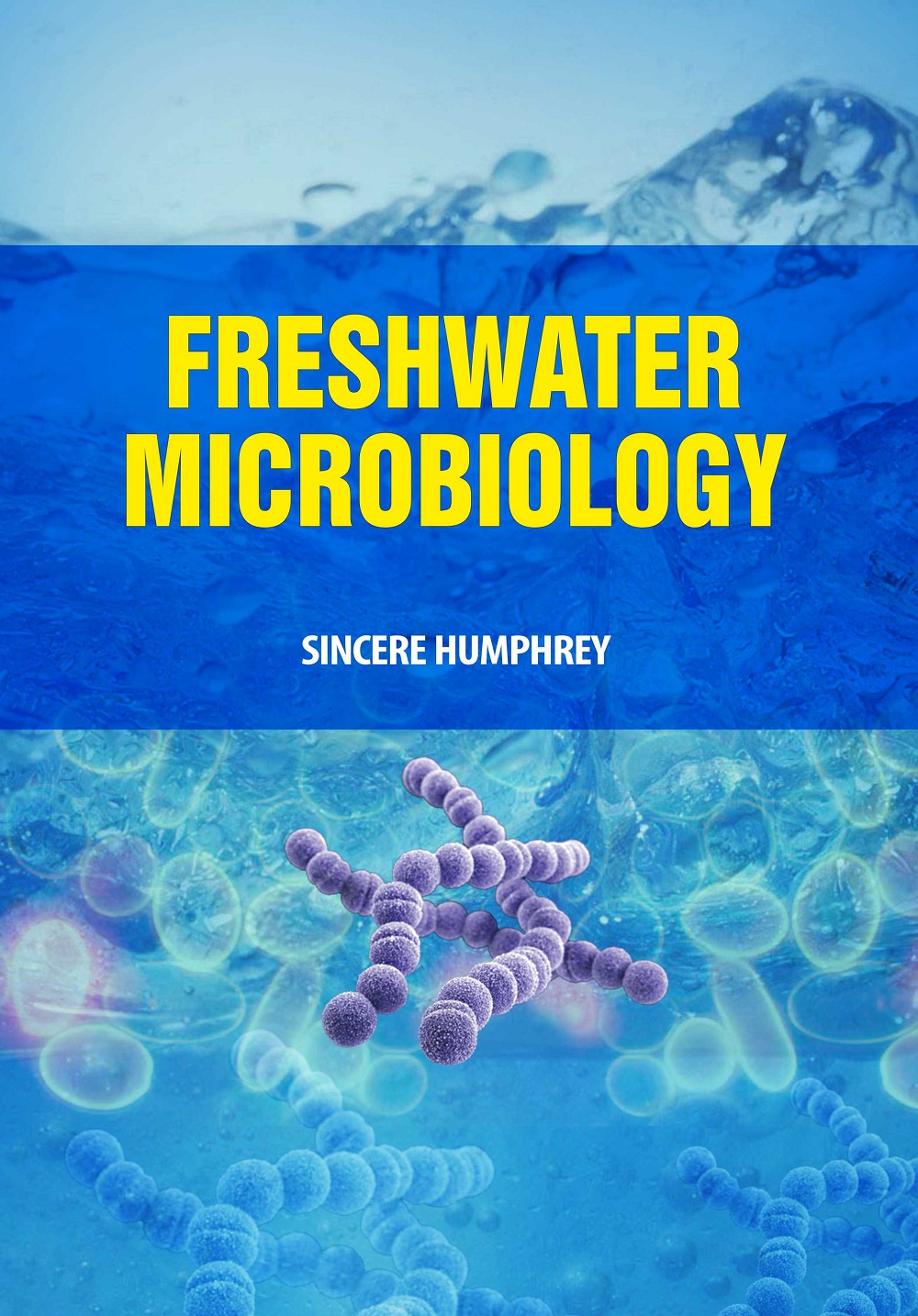Freshwater Microbiology Sincere Humphrey
- ISBN: 9781788821865
- Edition: 1st
- ©Year: 2020
- List Price : 165
About the Book
This book explores the diversity, interactions and activities of microbes within freshwater environments. These form an important part of the biosphere, which also includes oceans, terrestrial environments and the earth's atmosphere. Freshwater environments are considered to include all those sites where freshwater occurs as the main external medium, either in the liquid or frozen state. Water microorganisms are capable of flourishing in all water habitants, from several kilometers below the seafloor to the first millimeter of a shallow trench created by rainwater and into acidic lakes. Three major domains compose water microorganisms-Eukaryota, Archaea and Bacteria - as well as viruses. Their omnipresence impacts the entire biosphere as they are the main producers of energy and carbon flow to other organisms. Some of the microbes decompose organic matter and thus they recycle nutrients in complex manner involved in various geochemical cycles as the nitrogen, the phosphorus and the carbon cycle. Water microbiology is concerned with the microorganisms that live in water, or can be transported from one habitat to another by water. Water can support the growth of many types of microorganisms. This can be advantageous. For example, the chemical activities of certain strains of yeasts provide us with beer and bread. As well, the growth of some bacteria in contaminated water can help digest the poisons from the water. This book will be useful to researchers, teachers and students of microbiology, botany, zoology and agriculture.
Contents: 1. Freshwater Environments, Ecosystem and Microorganisms, 2. Aquatic Organisms and Microorganisms, 3. Unicellular Freshwater Organisms and Environments, 4. Marine Organisms, 5. Effects of Pollutants on the Aquatic Environment, 6. Potable Water Microbiology.
Sincere Humphrey achieved his Ph.D. in Microbiology. The post-doctoral stint in Microbiology and bacterial molecular genetics led to his scientific interest focusing on bacteria. His major area of research is in genetics of metal-microbe interaction, Genetics of Plant Diseases, Freshwater Microbiology: Biodiversity and Dynamic Interactions of Microorganisms in the Aquatic Environment, Essentials of Microbiology, and peptide antibiotic production by lactic acid bacteria.This volume offers a novel perspective on aquatic systems in considering freshwater biology from a microbial viewpoint and including separate chapters on algae, bacteria, viruses, fungi and protozoa within a single volume. He is currently teaching to post-graduate, M.Phil, and Ph.D. students.

